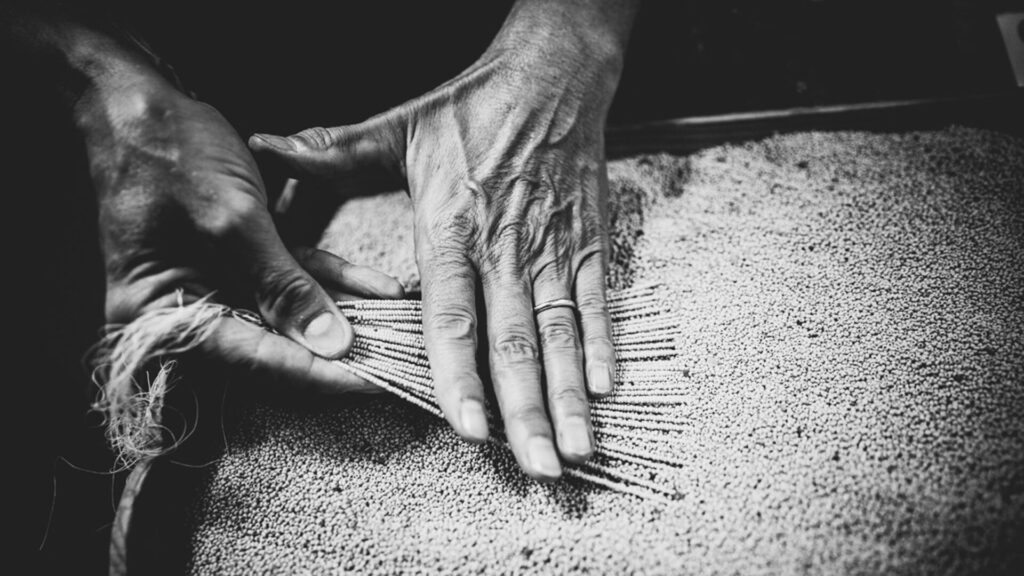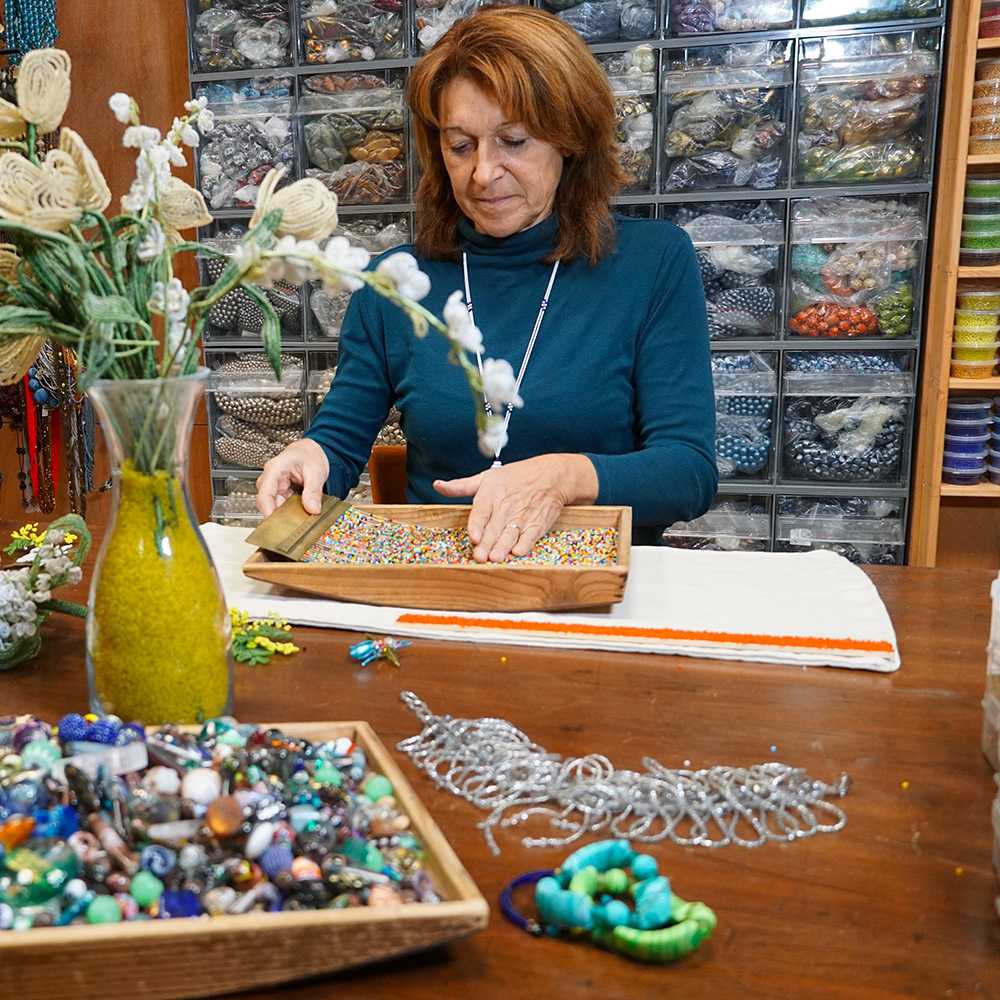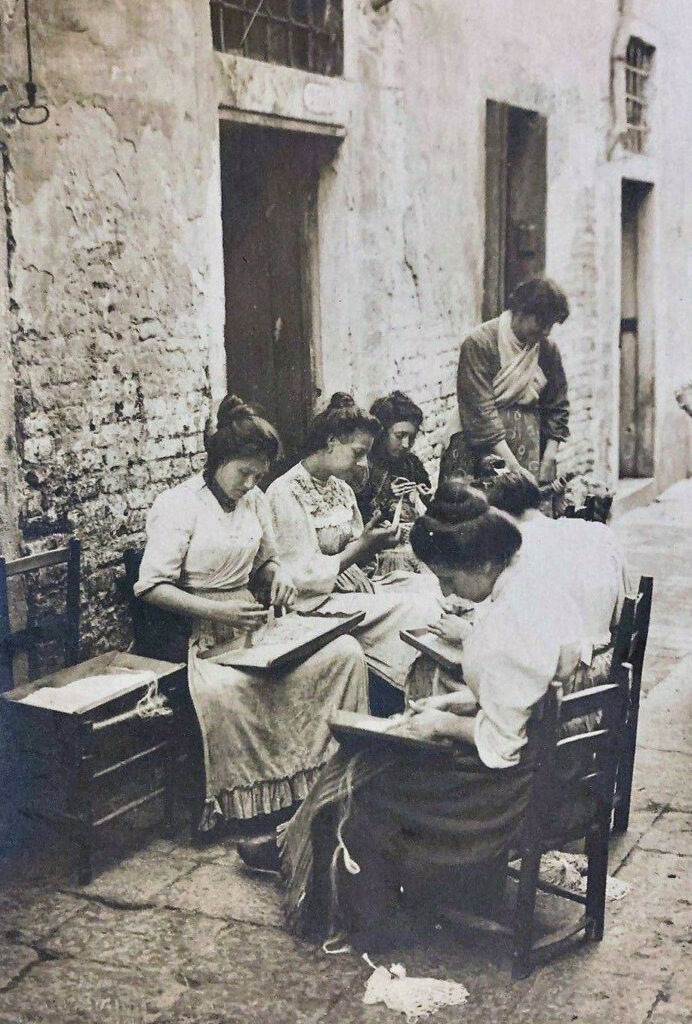
Impiraressa is a different word in the Venetian language, and the job is very Venetian indeed. Luisa Conventi in one of such craftswomen. She turned her job and shop into a little living museum to show the world what it is all about.
The job of a lifetime, handed down from parent to child, with so few remaining today. Given this, it might seem we misspelt the word ‘empresses’ in our title, but it is not so. Impiraresse is a different word in the Venetian language, and the job is very Venetian indeed. Luisa Conventi in one of such craftswomen. She turned her job and shop into a little living museum to show the world what it is all about. The impiraressa threads tiny glass beads and is part of the ‘production line’ of glass jewellery. Their job has recently been recognized by UNESCO as Intangible Cultural Heritage.

The Corte de le Impiraresse will open on May 27, it is an interesting, suggestive place that will take us into a small journey to discover this very peculiar craft and the history of Venetian glass beads, their modes of production, the story of the families that safeguarded this tradition. In the exhibition area, you will find the tiny coloured beads chopped from thin glass sticks and beautiful brooches, colliers, earrings, and of course the tools to make them: the sessola (a small shovel to gather the beads), the palmeta (the set of needles to thread the beads on), the marín, rosette, macà, and conteríe.

Luisa Conventi researched her family’s archives and found several historical documents on old Murano glass factories. She collected photographs, videos, and oral sources in a history itinerary that goes from the late 1800s to the present day. Vintage pictures portray the women sitting outside their home, creating unique pieces of art as the world goes by and they chat with their neighbours. Other pictures show the impiraresse lined up, waiting to start their job. Murano glass makers and their contractors (called tiracanna, lit. rod-puller) started their factories in the 1400s, and overall employed countless generations of Venetian women. The craft was one of the most common forms of outside work for Venetian homemakers.
We thank Luisa Conventi for her work and effort – what was a dream but a few weeks ago, is now ready to be shared with the world.